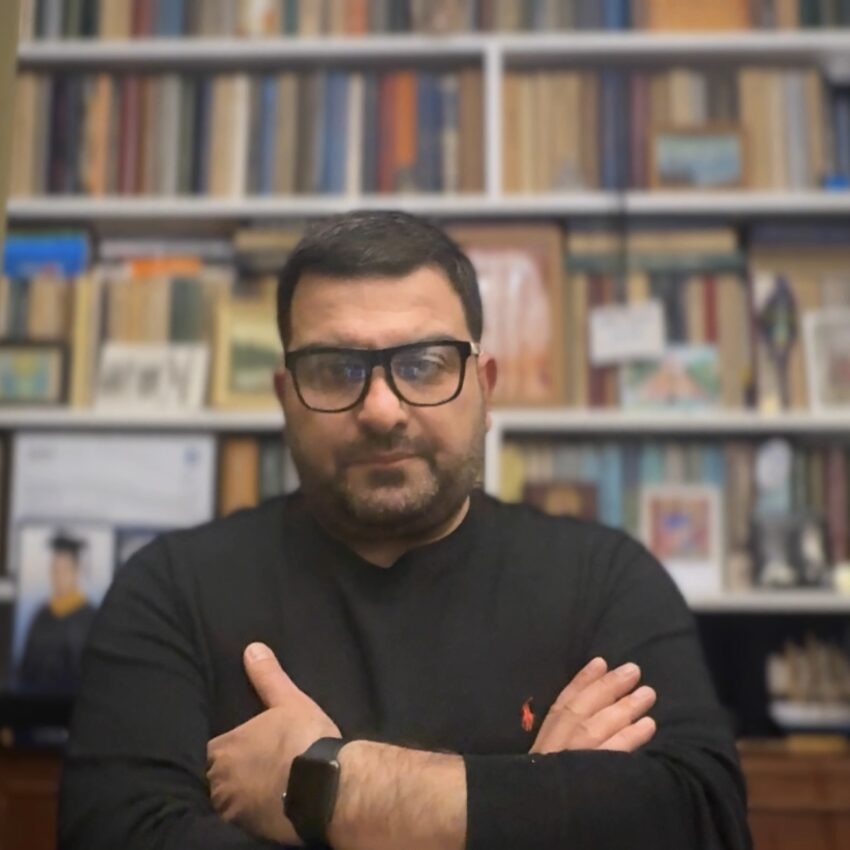In the tapestry of human communication, language stands out as the most vibrant thread, connecting us across the myriad of cultures and geographies. Yet, within this spectrum lies a complexity that has long challenged both humans and machines: the intricate web of dialects, slangs, and idiomatic expressions that give each language its unique character. Enter Large Language Models (LLMs) – the cutting-edge AI systems designed to decipher this linguistic labyrinth.
The Linguistic Landscape
Language is not a monolith; it is a living, breathing entity that evolves with society. Slangs and dialects are the markers of this evolution, reflecting the socio-cultural dynamics of communities. They are the informal vernaculars that often elude the grasp of non-natives and, until recently, artificial intelligence.
LLMs: Bridging the Communication Divide
LLMs stand at the forefront of this linguistic revolution. By harnessing vast amounts of data and advanced algorithms, they can learn the nuances of different languages, dialects, and even slangs. This capability is not just a technical feat; it’s a bridge to better communication tools, more intuitive chatbots, and humanoid robots that can interact with us more naturally.
The Data Imperative
The foundation of any robust LLM lies in the data it consumes. To truly understand the full spectrum of human speech, we need comprehensive datasets that encompass the rich diversity of languages and their many variations. This requires a concerted effort to gather and process data, a task that calls for skilled professionals who can navigate the subtleties of linguistic data.

Applications in Crisis and Beyond
The implications of LLMs’ linguistic prowess extend far beyond convenience. In times of crisis, such as natural disasters, the ability to break down language barriers can be life-saving. Accurate translation and voice recognition can facilitate rescue operations and aid distribution, ensuring that help reaches those in need, regardless of language.
The Road Ahead
The journey to perfect linguistic understanding is long and arduous. It will take years to learn all variations and build a complete database that can power translators, voice recognition, and data processing programs. But the potential is immense. As we continue to refine these technologies, we inch closer to a world where every voice can be heard and understood.
This blog post was conceptualized by Edgar Khachatryan, with the writing and editorial assistance provided by Microsoft Copilot
